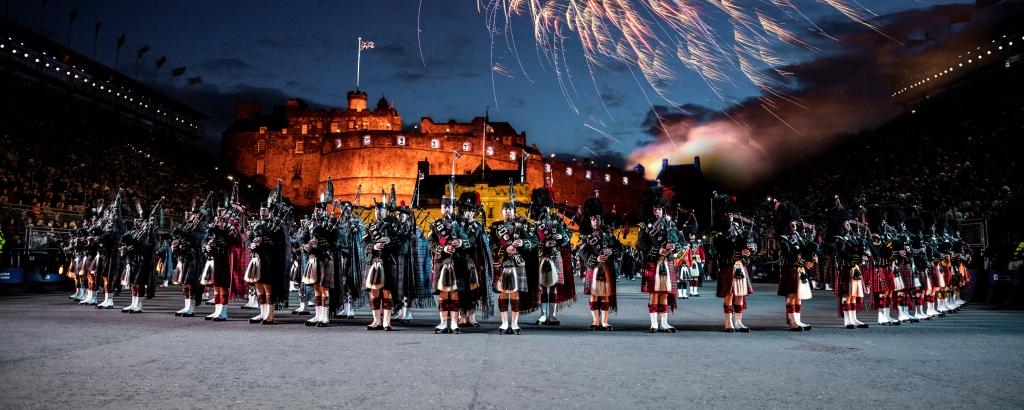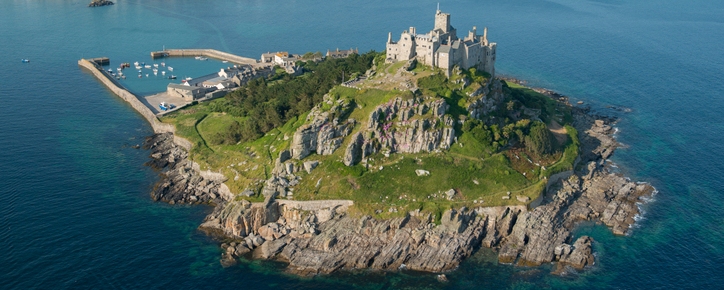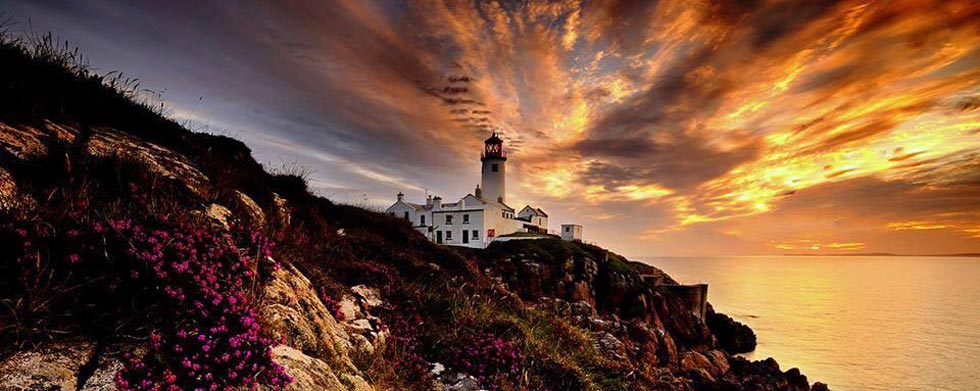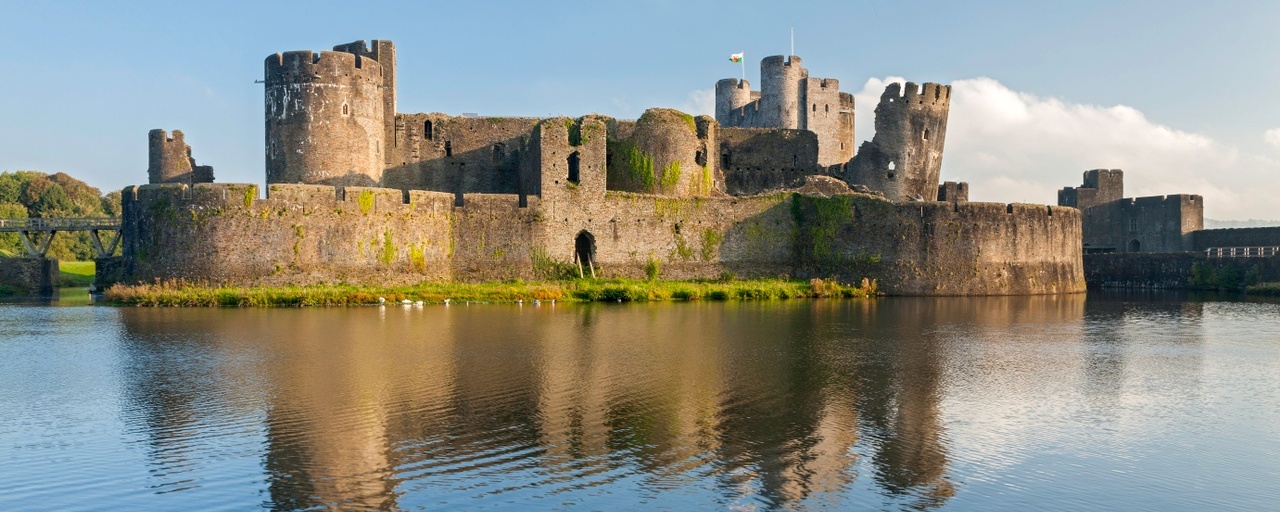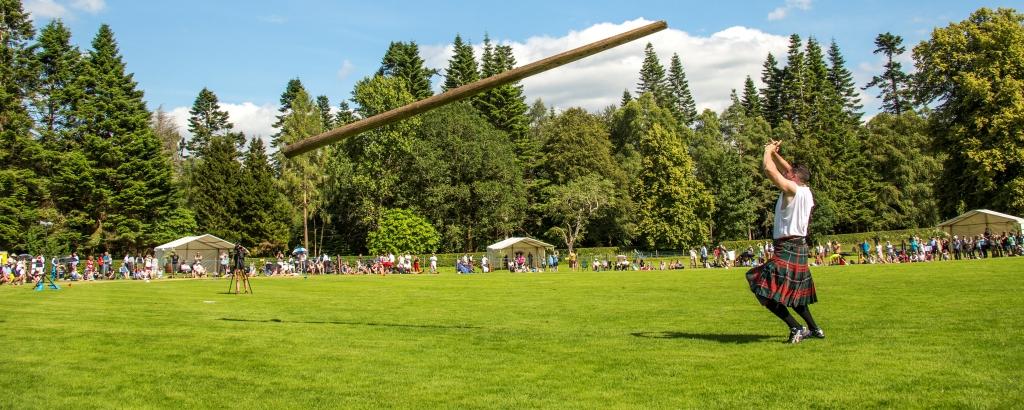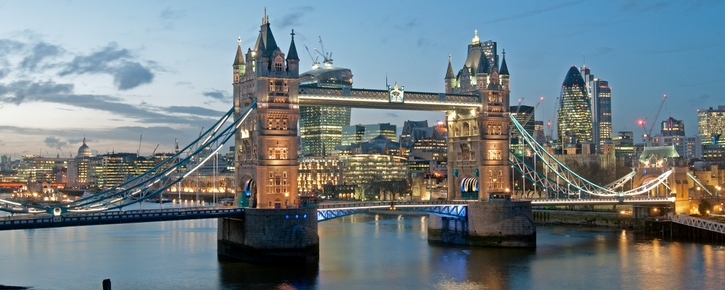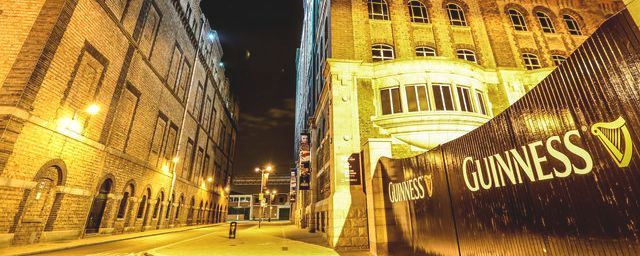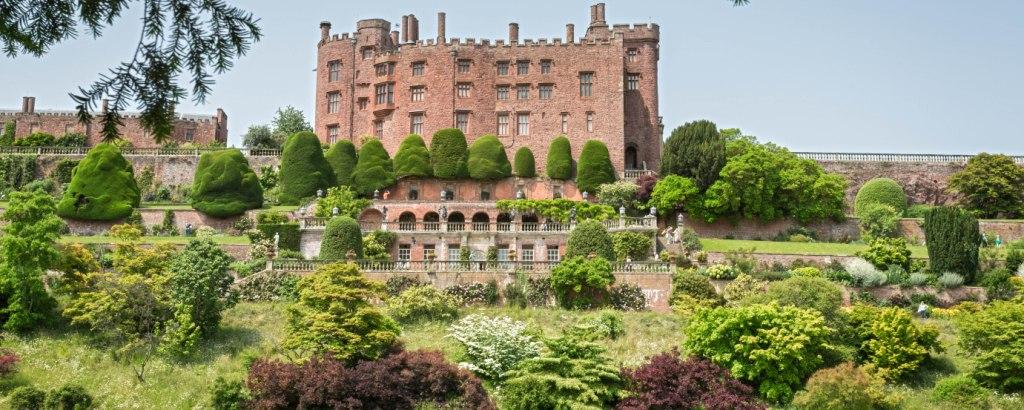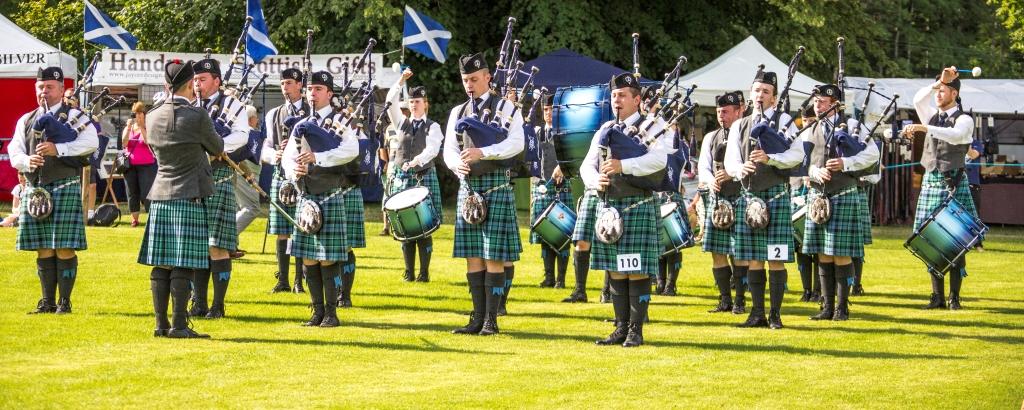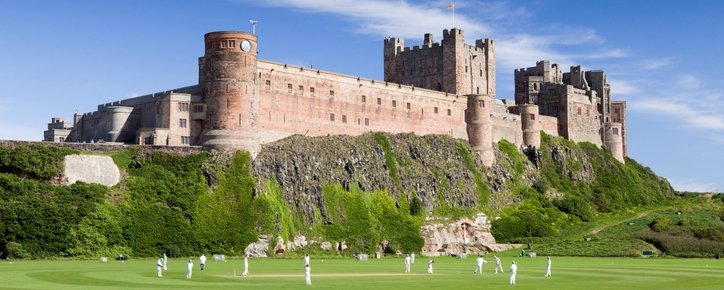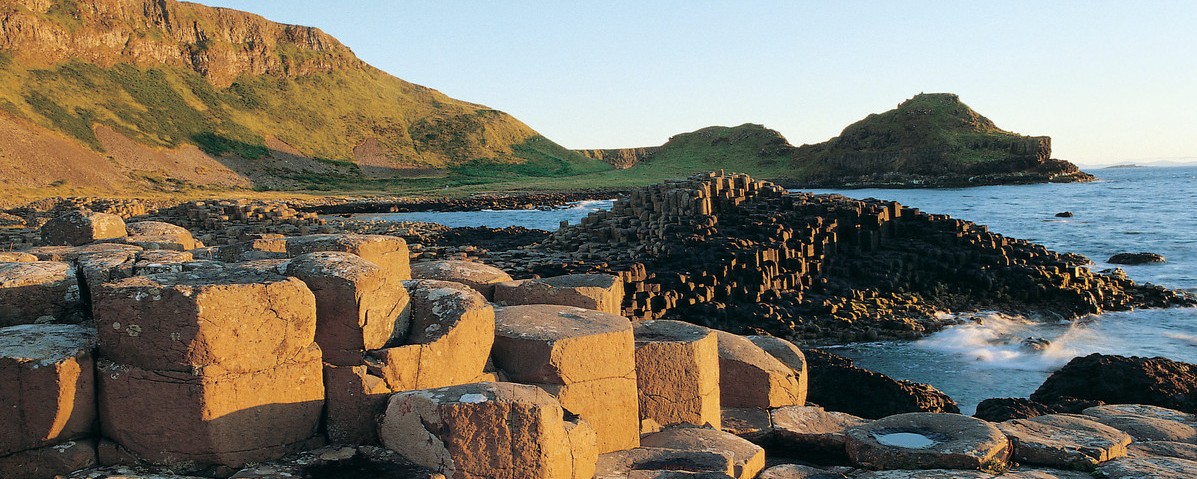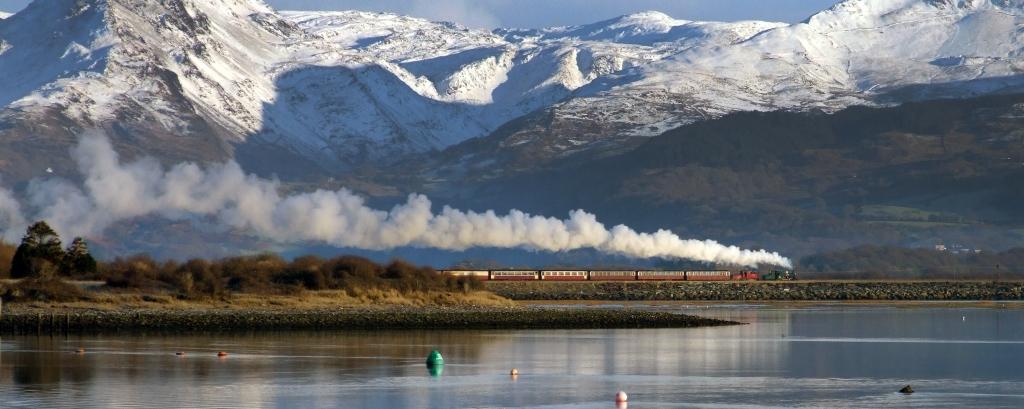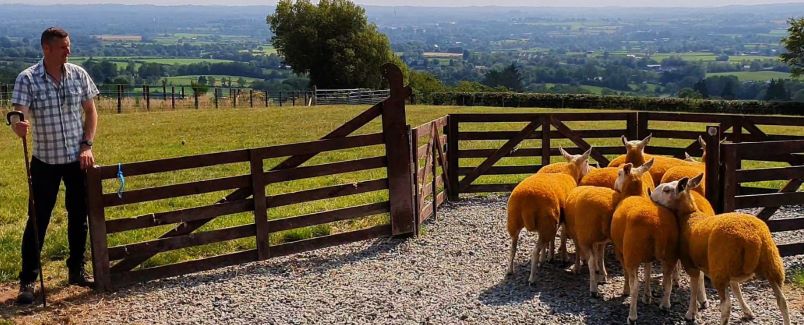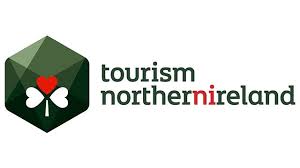Isle of Man
The Isle of Man, also known as Mann, is a self-governing British Crown dependency, situated in the middle of the Irish Sea between England and Ireland. It is known for its rugged coastline, ancient castles, rural landscape and pretty seaside towns. For a fortnight each year, the island comes alive with motorbike fanatics when it hosts the famous Isle of Man Tourist Trophy race.
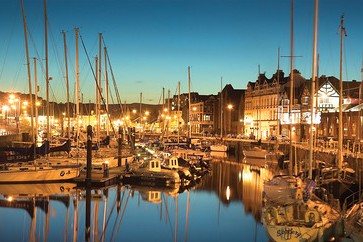 Douglas Harbour © visitisleofman
Douglas Harbour © visitisleofman
The Isle of Man has a long and turbulent history and has been ruled by Scotland, England and Norway at different times. However, the island never became part of modern Great Britain and has retained its self-government to this day. The Isle of Man Parliament, or Tynwald, claims to be the oldest parliamentary body in the world and was the first to give women the right to vote, in 1881. Queen Elizabeth II is head of state and holds the title Lord of Mann.
The inhabitants of the Isle of Man were historically known as the Manx people and the Manx language is a Celtic language, closely related to Scottish and Irish Gaelic. In Manx, the Isle of Man is known as Ellan Vannin.
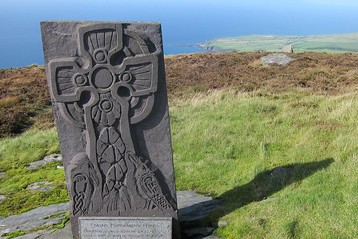 Celtic Manx Cross © visitisleofman
Celtic Manx Cross © visitisleofman
The Isle of Man is centred around its main peak, Snaefell, from where it is said you can see the seven kingdoms: those of Mann, Scotland, England, Ireland, Wales, heaven and the sea! With its rugged terrain and rolling countryside, the Isle of Man is perfect for walkers, climbers and cyclists.
The coastline is dotted with wide bays and traditional fishing ports and the island is a paradise for nature lovers, with seals, sharks, whales and dolphins to be seen off the coast, and many seabirds around the shores. In 2016, the Isle of Man was awarded biosphere reserve status by UNESCO, in recognition of its balanced relationship between people and nature.
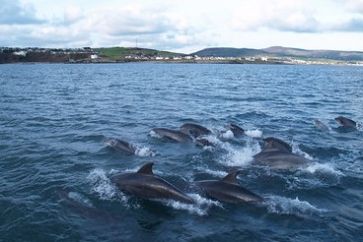 Dolphins off the coast of the Isle of Man © visitisleofman
Dolphins off the coast of the Isle of Man © visitisleofman
There are regular flights to the Isle of Man from London and other parts of Britain and Ireland, as well as daily ferries from England, Ireland and Northern Ireland, with sailing times of around three or four hours. At only 32 miles long and 14 miles wide, the island is easy to get around in a rental car, by coach or with a driver guide.
Douglas
The capital of the Isle of Man is Douglas, which is the largest town on the island, with almost a third of the island’s population. It is the place most people start their visit, and is bustling with all the usual amenities – lots of inviting shops, traditional pubs and appetising eateries, as well as two popular theatres. The Manx Museum in Douglas is a great place to start your exploration of the Isle of Man’s history.
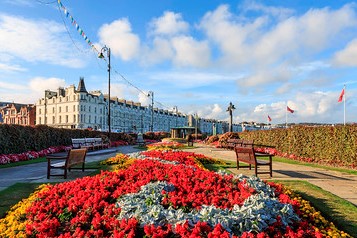 The promenade and crescent in Douglas © visitisleofman
The promenade and crescent in Douglas © visitisleofman
Douglas develop quickly in the 1700s, thanks to its close seafaring links to Liverpool, and became the capital in the 19th century. The town was a popular Victorian holiday destination, and its sweeping promenade and incredible Victorian crescent run almost the entire length of the seafront. Traditional horse-drawn trams run along the promenade in summer and connect with the Manx Electric Railway, which runs north up the island’s coast. Steam trains run south from Douglas.
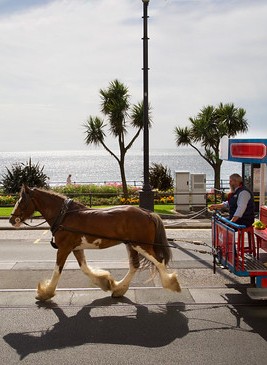 Horse-drawn tram in Douglas © visitisleofman
Horse-drawn tram in Douglas © visitisleofman
North of the island
North of Douglas is the famous Laxey Wheel. Built into the hillside above the village of Laxey, this is the largest working waterwheel in the world and is an impressive sight. Originally built in 1854 to pump water out of the Laxey lead ore mine, it was water powered as the Isle of Man did not have a supply of coal for a steam-powered pump.
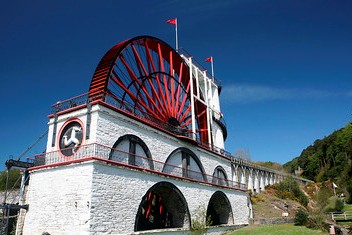 Laxey Wheel © visitisleofman
Laxey Wheel © visitisleofman
From Laxey, visitors can board the island’s third heritage railway, the Snaefell Mountain Railway, which makes its way to the highest point on the island and offers spectacular views on a clear day.
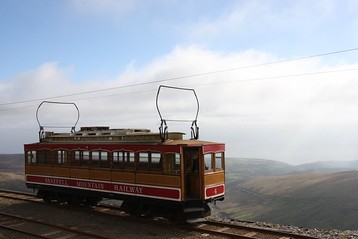 Snaefell Mountain Railway © visitisleofman
Snaefell Mountain Railway © visitisleofman
Further north along the coast, Ramsey is the second largest town on the Isle of Man and is one of the island’s biggest harbours. It offers plenty for the visitor, including its golden sandy beach and the chance to see its most distinctive landmark, the Queen’s Pier, which is undergoing restoration.
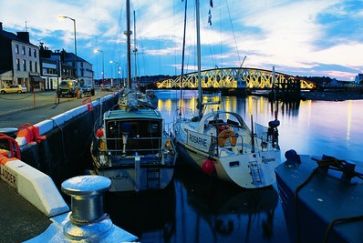 Ramsey Harbour © visitisleofman
Ramsey Harbour © visitisleofman
Point of Ayre at the northern tip of the island is an atmospheric landscape of shingle beach and grassy dunes, with a distinctive red and white lighthouse, built by the grandfather of novelist Robert Louis Stephenson. The lighthouse is located at the point on the island closest to the British mainland.
West from Douglas
West from Douglas, towards the centre of the island, is the historic village of St John’s. St John’s is the site of Tynwald Hill, the original meeting place of the Isle of Man parliament and the location for the annual ceremony on Tynwald Day (5 July), when the laws of the island are declared in English and Manx. Tynwald Day attracts thousands of spectators to watch the ceremony and enjoy the Tynwald Fair.
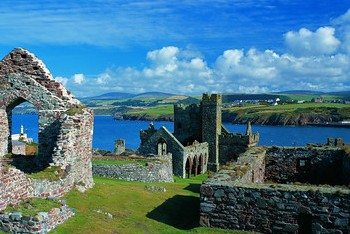 Peel Castle © visitisleofman
Peel Castle © visitisleofman
Peel, on the west coast, is the third largest town and the island’s main fishing port. It boasts a splendid castle on a small island connected by causeway, the Isle of Man Cathedral, a traditional harbour and a modern marina. Peel is famous for its kippers and visitors can take a tour of a kipper house!
South of the island
To the south of Douglas is the former capital, Castletown, which is dominated by its well-preserved medieval castle, Castle Rushen. Port St Mary nearby is a charming fishing village, surrounded by rolling countryside.
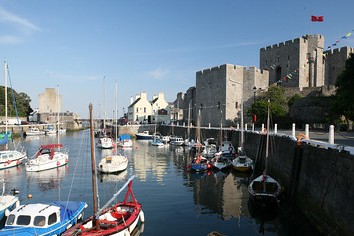 Castle Rushen in Castletown © visitisleofman
Castle Rushen in Castletown © visitisleofman
The Sound, at the southern tip of the island, is the perfect place for a spot of whale and dolphin watching, and the Calf of Man, a small island across The Sound, is a popular destination for birdwatchers, accessible by boat in good weather.
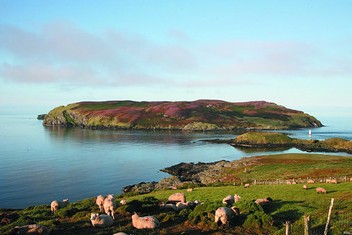 Calf of Man © visitisleofman
Calf of Man © visitisleofman
Isle of Man TT races
While largely relaxed and peaceful, the Isle of Man is transformed from time to time when motorcycle events take place. The most famous of these is the annual TT or Tourist Trophy, which takes place in the late spring. This event has taken place on the Island most years since it began in 1907 and is often called one of the most dangerous racing events in the world. The road race covers 38 miles, and the circular course stretches from Douglas up to Ramsey in the north and down to near Peel in the west, before returning to Douglas.
Food and drink
The Isle of Man is famous for its delicious locally caught seafood. As well as Manx kippers - tradtionally cured herrings with a rich smoky flavour - the island is nowadays best known for its Manx queenies - queen scallops - which were recently crowned the Isle of Man's national dish. Of course, nothing beats delicious freshly-cooked fish and chips on the seafront on a summer's evening!
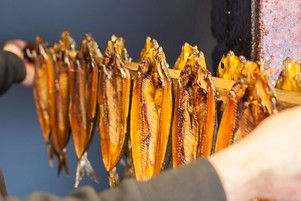 Traditional Manx kippers © visitisleofman
Traditional Manx kippers © visitisleofman
The island produces a wide-range of excellent local food, from dairy and ice cream, to fresh bread, meat, fruit and vegetables, as well as locally made gifts, crafts and woollen products. It also boasts an appetising range of local drinks, from refreshing beer and cider, to delicious fruit juices and wines, as well as gin from Fynoderee, the island's great new gin distillery.
A different pace of life
While the main tourist spots can of course get busy in summer, the isle of Man is generally unspoilt and uncrowded, allowing visitors plenty of freedom to explore at their own pace. A visit to the Isle of Man is like stepping back in time and, while there are of course plenty of modern attractions and activities to keep all the family entertained, for those who enjoy exploring rural landscapes, visiting quaint fishing ports and discovering historic towns, then the Isle of Man is second to none.
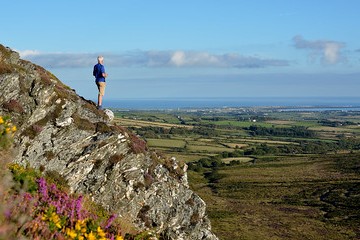 A view over the Manx countryside © visitisleofman
A view over the Manx countryside © visitisleofman
If you or your group would like to experience the delights of the Isle of Man on a tailor-made tour, staying in the best hotels to meet your budget, enjoying delicious meals and visiting the places and attractions that most appeal to you, please do contact our friendly team today. We can cater for all your travel needs – taking into account any special requirements you may have – from the moment you arrive!
